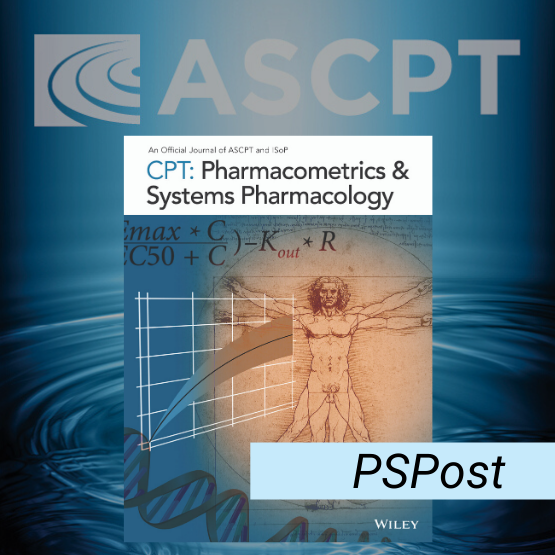Author: Mary Ann Pelleymounter, PhD (NINDS/NIH), et al. on September 28, 2017 
An NIH workshop entitled, “Quantitative Systems Pharmacology and Drug Discovery: Filling the Gaps in Current Models of the R&D Process for Neurotherapeutics” was held in Bethesda, MD on July 26-27, 2017.
The workshop was a collaborative effort between NINDS, NIA, NIMH, NIDA and NCATS. The workshop addressed the impact of a quantitative systems pharmacology (QSP) approach on central nervous system (CNS) drug discovery, which has been plagued by low rates of success, high drug development costs, and relatively stagnant progress in understanding the basis for complex neurological and mental health disorders.
Goals of the workshop were 1) to assess the impact of a QSP approach on CNS drug discovery and development, 2) to identify roadblocks and gaps in the application of a QSP approach to CNS drug discovery and development, and 3) to identify opportunities to address roadblocks and gaps. The workshop was divided into five sessions: 1) Systems Pharmacology Approaches to CNS Disease, 2) Neurotherapeutic Target Identification and Deconvolution, 3) Application of Systems Pharmacology to PK/PD, Prediction of Adverse Events and Systems Medicine, 4) Biomarker Discovery and Validation, and 5) Technical Advances, Tools, and Data Resources.
Some themes that emerged from the workshop were: 1) prioritization and validation of targets or nodes, 2) moving from correlation to causality, 3) importance of individual patient data, 4) importance of the “interactome,” 5) synergizing cross-talk between CNS disease areas, 6) the concept of resilience as a therapeutic target, 7) the need for a statistical approach linking prognostic factors to endpoints driven by time, 8) the need to move away from “kitchen-sink” omics to methods that allow identification of meaningful genes, 9) moving from “big data” to “smart data,” and 10) multiple examples of increasingly sophisticated organs and diseases “on a chip.”
There was general agreement that challenges in applying QSP to CNS drug discovery and development include the need to integrate across knowledge domains from basic to applied science, the gap between pharma and academic science, how to find meaningful information in the vast amount of available data, the need to share both preclinical and clinical data, and the need to provide evidence that would highlight the value of the QSP approach to pharma. Proposed solutions focused on setting up venues that would bring together people from many different sectors (academia, the FDA, pharma, and engineering) to work together and share knowledge and ideas. Additional suggestions included cross-functional and research area training, improved methods for data sharing, and promoting a homeostasis-based, integrated scientific thought process to improve both the discovery and validation processes.
Mary Ann Pelleymounter, PhD (NINDS/NIH)
Piet van der Graaf, PhD, PharmD (Certera/Leiden University)
Suzana Petanceska, PhD (NIA/NIH)

The comment feature is locked by administrator.